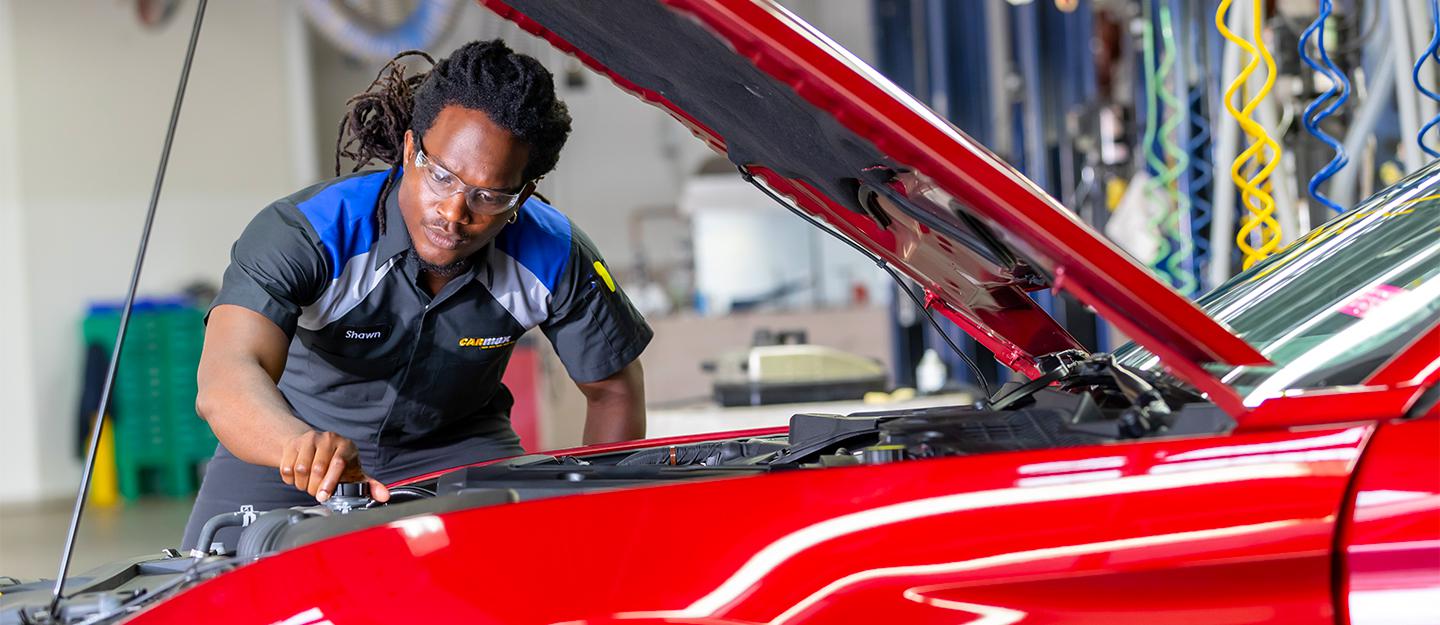For golfers struggling to find the fairway off the tee, a simple solution may be the answer. A recently developed fairway finder has emerged as a secret weapon for improving accuracy and reducing scores. This article delves into the benefits and mechanics of this innovative tool, helping golfers overcome their tee box challenges and unlock their full potential on the course.
Understanding Your Tee Shot Struggles
Nail Your Tee Shots with this Effortless Hack
Unlocking consistent distance and accuracy off the tee can be a game-changer. However, it’s a common struggle for many golfers. The secret weapon that can transform your tee shot game lies in understanding the root causes of your challenges.
Firstly, analyze your grip. A weak grip or improper hand placement can sabotage your swing and lead to inconsistent shots. Conversely, a strong, neutral grip will provide stability and control, promoting a smoother swing path.
Secondly, pay attention to your stance. An unbalanced or unstable stance can throw off your alignment and impact the direction of your shot. A wide stance offers stability, while a narrow stance encourages a more aggressive swing. Experiment with different stances to find what feels most comfortable and supports your desired swing mechanics.
consider your swing tempo. A rushed swing can lead to hurried motions and poor contact, while a slow swing can result in a lack of power. Focus on maintaining a consistent, moderate tempo throughout your swing. A metronome or verbal cue can assist in developing a rhythmic and controlled swing.
Remember, conquering tee shot struggles is a process that requires patience and dedication. By isolating potential problem areas and making gradual adjustments, you can unlock the power to strike the ball with confidence and precision. Embrace the opportunity to transform your tee game and watch your scores soar.
The Mechanics of Accurate Fairway Hitting
The key to consistent fairway hitting lies in understanding the mechanics of the swing. Here are some fundamental elements that contribute to accuracy:
- Proper Grip: A secure grip provides stability and control. Position your hands with the left-hand grip facing the target and the right-hand grip slightly overlapping with the left.
- Stance and Alignment: Establish a balanced stance with feet shoulder-width apart and weight evenly distributed. Align your clubface square to the target using a visible reference point.
| Club | Average Distance |
|---|---|
| Driver | 220-270 yards |
| 3 Wood | 190-240 yards |
| 5 Wood | 170-210 yards |
| 7 Wood | 150-190 yards |
| Hybrid | 140-180 yards |
- Swing Path: Focus on maintaining a shallow swing path that contacts the ball with a clean descending blow. Avoid overswinging or coming in too steeply.
- Tempo and Leverage: Establish a smooth, consistent tempo throughout your swing. Use your body to generate power and leverage, rather than relying solely on arm strength. This control and precision will result in increased accuracy.
Selecting the Right Equipment for Fairway Success
Choosing the right golf equipment can play a crucial role in achieving fairway success. By selecting clubs that are suited to your swing and provide optimal distance and accuracy, you can significantly improve your chances of hitting the fairway and setting yourself up for a better score.
Consider your swing speed when choosing a driver. A faster swing speed generally requires a stiffer shaft to maintain control and prevent excessive slice or hook. For slower swing speeds, a more flexible shaft will provide the necessary launch angle and distance.
When it comes to irons, loft and lie angle are key factors. The loft angle determines the trajectory of the ball, while the lie angle affects the club’s contact with the ground. As you move up in iron number, the loft increases, resulting in a higher ball flight. Proper lie angle ensures solid contact and prevents slicing or hooking.
Shaft material is another important consideration. Steel shafts are generally more durable and provide greater accuracy, while graphite shafts are lighter and offer faster swing speeds. Ultimately, the best shaft material for you depends on your swing characteristics and preferences.
| Shaft Material | Advantages | Disadvantages |
|—|—|—|
| Steel | Durable, accurate | Heavier, less power |
| Graphite | Lighter, more power | Less durable, less accurate |
Putting It All into Practice for Improved Accuracy
Mastering the techniques outlined above requires consistent practice to develop a solid foundation. Here are a few proactive steps to enhance your accuracy on the golf course:
- Embark on dedicated range sessions, focusing on proper setup and swing mechanics. Utilize alignment sticks, targets, and video analysis to pinpoint areas for improvement.
- Engage in regular course play to test your abilities in real-world scenarios. Embrace the challenges posed by various wind conditions, slopes, and course hazards. This firsthand experience will build confidence and hone your shot-making skills.
- Seek guidance from a qualified golf instructor. Their expert insights can provide personalized feedback, identify any underlying issues, and accelerate your progress.
- Perform pre-shot routines to establish a consistent approach each time you step up to the tee. This includes taking practice swings, visualizing the shot, and controlling your breathing. By developing a methodical process, you can reduce nerves and improve your focus.
If you’re a golfer who struggles off the tee, this simple fairway finder could be your secret weapon. It’s an easy-to-use device that can help you improve your accuracy and consistency, so you can hit more fairways and shoot lower scores.
This device is perfect for golfers of all skill levels, from beginners to experienced players. It’s also great for golfers who want to improve their driving distance, as it can help you find the ideal launch angle and swing path.





